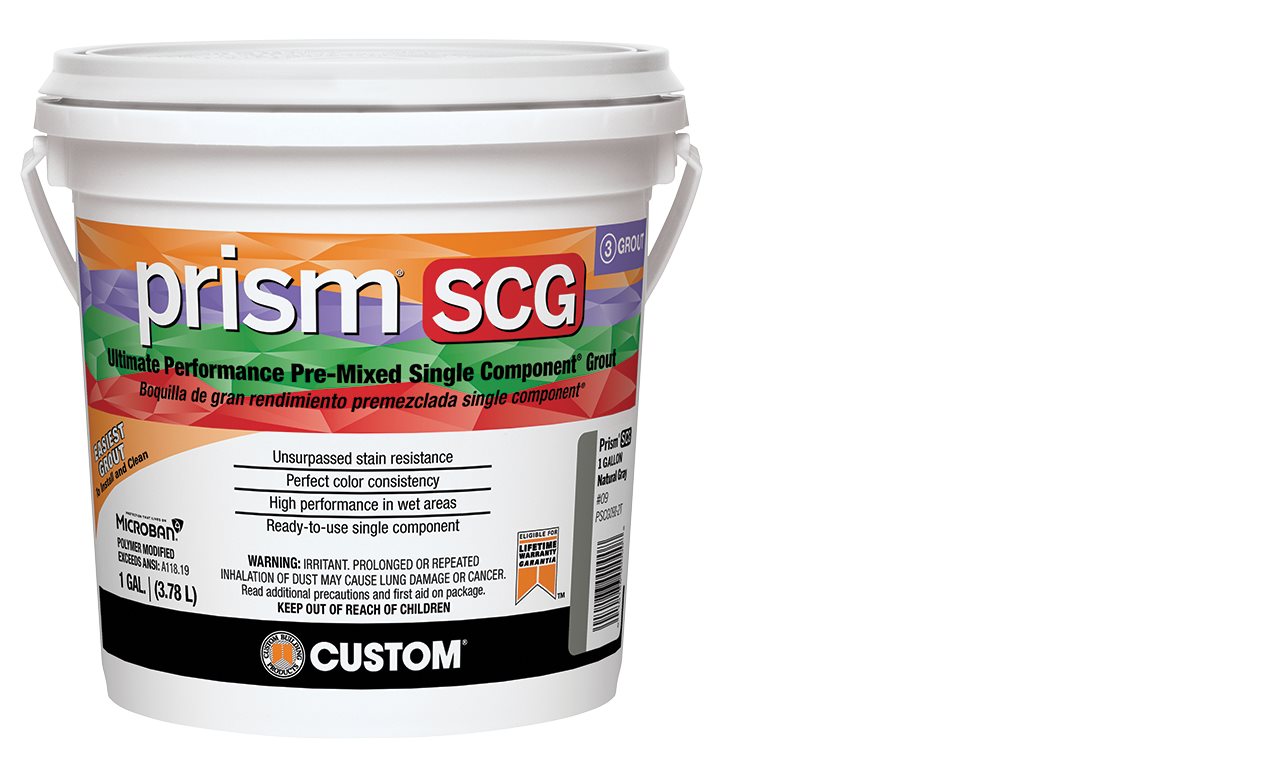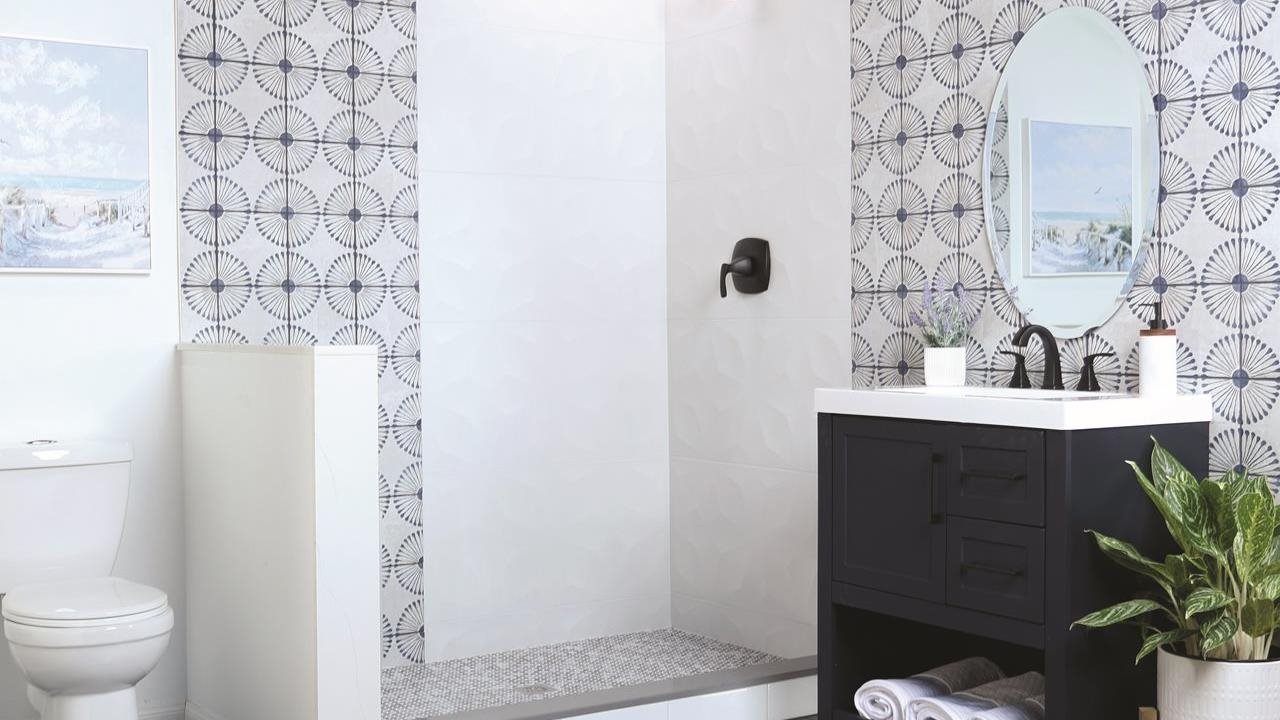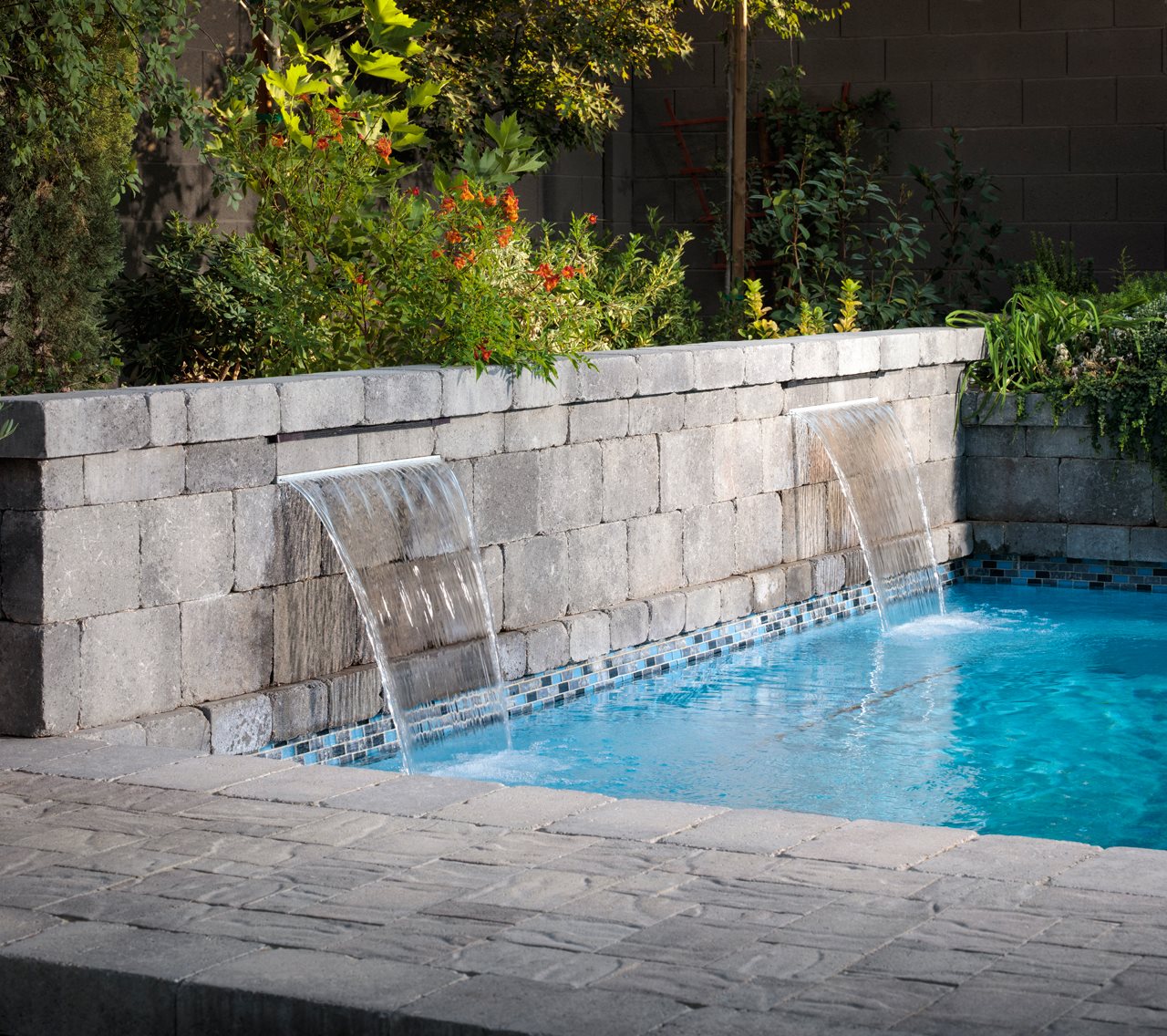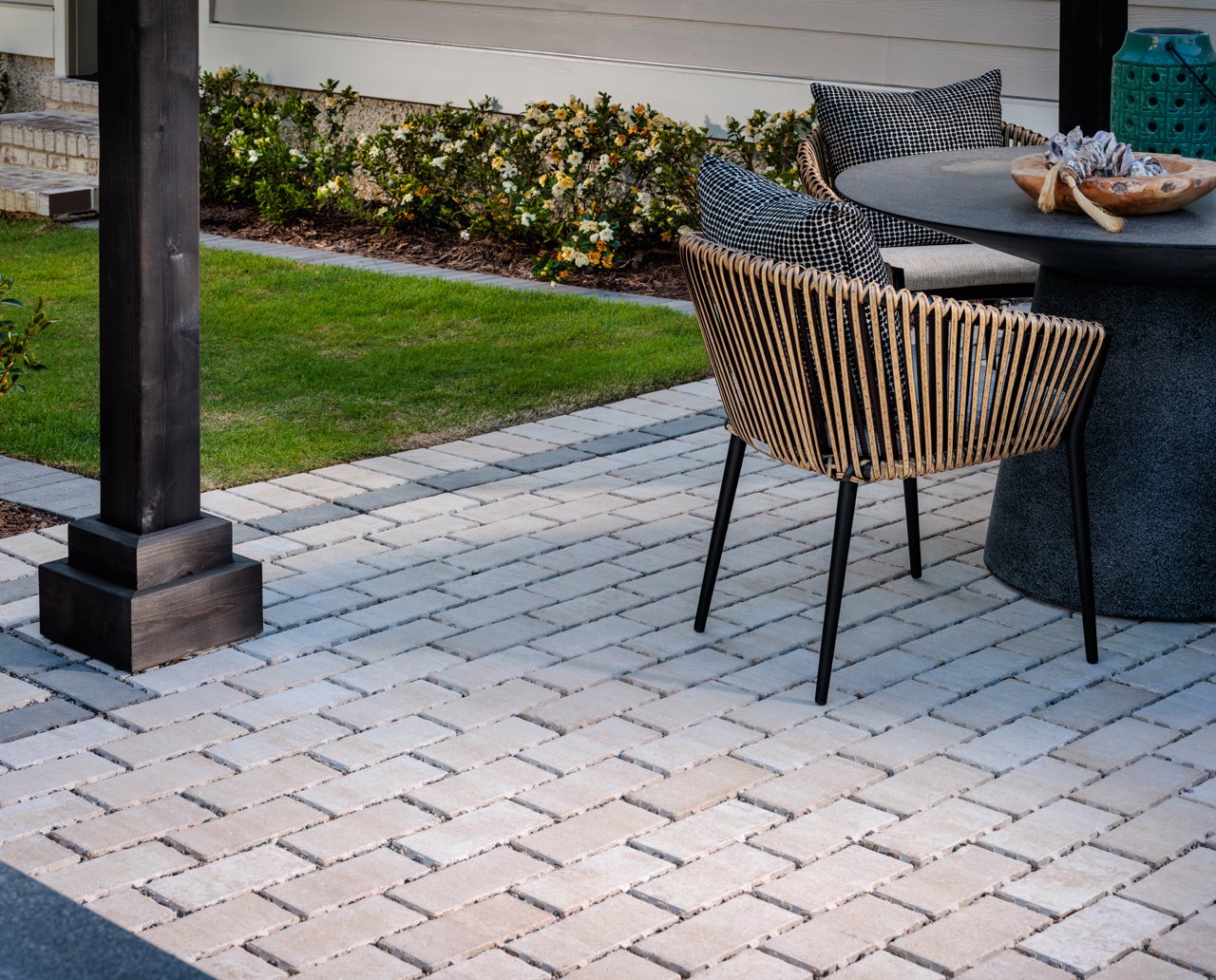2023-12-05T07:01:00
(BPT) – By Brian Walsh, “CERTIFIED FINANCIAL PLANNER™”1, SoFi
Deciding to purchase a home, especially if you’re a first-time homebuyer, is a big and exciting milestone. It will define your finances in the short- and long-term and will likely be the biggest purchase of your life, so it’s natural to want to make sure everything goes right — location, budgeting, credit profile, Realtor, and lender.
Now, there is no one-size-fits-all approach when preparing to buy a house, and everyone’s financial situation is different, but there are some good rules of thumb to follow as you develop your plan. That’s where I come in, to help ease some anxieties in the preparation process and to offer some helpful tips as your planning and path to homeownership begins.
Can I Afford to Buy a House?
Affordability is one of the main obstacles people face when deciding to purchase a house. Property values have substantially increased since the onset of the COVID-19 pandemic as buyers flocked to suburban settings and purchased new properties. Three years ago, interest rates were historically low, creating ideal conditions for some buyers to secure an affordable loan.
Since then, however, rates have risen as the Federal Reserve — the main federal government agency responsible for rate hikes — has sought to combat inflation, resulting in an increase in mortgage rates as well. For prospective first-time home buyers who are just now exploring homeownership, now is the ideal time to start creating a plan to put you on a path toward homeownership.
While saving toward your down payment fund may take time, here are some ways to help you get started:
If your timeline is under three years, consider a conservative investment portfolio, or maybe a high-yield savings account.
If your outlook is three to five years from now, consider a conservative or moderately conservative investment portfolio that can grow your money faster than a cash-based account.
If you’re anticipating buying a house in the next five to 10 years, consider a moderate or moderately aggressive investment portfolio that can yield higher returns in the long run.
Planning and budgeting will help create friendlier paths as you pursue homeownership.
Credit Score is Paramount
Your credit profile also plays an important role in your planning.
One of the best things to do ahead of a home purchase is to understand and build your credit score. Banks and lenders look at your credit score to determine your creditworthiness and to evaluate the risk associated with lending you money. Typically, the higher your credit score, the higher the chance that you will be able to lower your interest rate. Over the life of a loan — say 15, 20, or 30 years — this could potentially translate to thousands of dollars in savings. A lower rate will keep monthly payments lower or even provide the ability for you to pay back the loan faster.
As an example, let’s look at SoFi’s mortgage calculator: If you were to take out a mortgage on a $500,000 home after putting 20% down with an 8% interest rate on a 30-year fixed rate mortgage, your monthly payment would be $2,935 and you would pay $656,620 total with interest over the life of the loan.
If you were to take out that same loan with a 7% rate of interest, your monthly payment would be $2,661 and you’d pay $558,035 total with interest. The difference of 1% in interest results in almost $98,585 paid over time.
I’m Ready to Buy Now
Now, if you’ve saved enough and you’re comfortable with your credit score, and you’ve done your research, then it’s time to take the leap!
There are lots of programs out there, so be sure to do your research on which one is the right fit for you.
If you’re a first-time homebuyer, you have access to down payment assistance and flexible loan qualification requirements. Who qualifies as a first-time homebuyer? Someone purchasing their very first home, sure, but also someone who has not owned a principal residence in the past three years, as well as certain other groups. So check into whether you qualify.
First-time homebuyers may be able to get a Federal Housing Administration (FHA) loan, which can have a down payment as low as 3.5%. Some other lenders, like SoFi, also offer as little as 3%2 down for qualifying first-time homebuyers. You may have to pay for private mortgage insurance (PMI) or pay a mortgage insurance premium (MIP), as most lenders require one or the other when the down payment is less than 20% of the purchase price.
Veterans, active military service members, National Guard and reservists, and surviving spouses also have flexible benefits when purchasing a home. If you fall into this category, then you can take out a VA loan that is backed by the U.S. Department of Veterans Affairs and offered by private lenders. Because the VA guarantees a portion of the home loan, people in this category can qualify for perks like lower-interest rates, lower closing costs, no mortgage insurance, and no down payment requirement. Make sure your lender offers a VA loan if you decide to pursue this great benefit.
Hire a Good Real Estate Agent
A skilled real estate agent can help buyers locate their dream home, navigate negotiations, and wrap up all that tedious paperwork. An agent with a strong professional network and familiarity with the housing inventory where you’re hoping to buy may even get early word of so-called “whisper listings” — properties that are about to come on the market.
First-time home buyers may find an agent’s guidance to be especially helpful. Experienced buyers may find value in expert advice. (If you do feel confident you have the skills to go it alone, buying a house without a real estate agent is possible.)
Competition Promotes Additional Perks for Buyers
Lenders will compete for your business, so you have the upper hand. Do your research and see what additional perks the lender can give you as you decide on which one is best suited for you and your family. Excellent customer service is essential, so make sure your lender has a reputation of being available, has a rate lock, and an on-time closing guarantee offer. Additionally, it would be best if you select a lender that is able to give you a verified preapproval letter (more on this below).
Mortgage Preapproval
Unlike pre-qualification, which gives you a rough idea of how much money you can borrow, mortgage preapproval is a formal step, when a lender verifies your credit history, income, debt, and assets (so it helps to have your financial documents organized in advance).
This is when you’ll determine what kind of mortgage you want to take out. Will it be a fixed rate or an adjustable rate? How long a term?
A pre-approval letter, typically good for 90 days, states that a lender is tentatively willing to lend you a specific sum for a mortgage. A pre-approval may help your offer stand out since it shows sellers that you’re a serious buyer who has been vetted. That means you’re ready to act when you find your ideal home and agree on a price.
A pre-approval letter is not a guarantee, though. Final loan approval rests with mortgage underwriting.
Happy House Hunting
These tips aren’t meant to be comprehensive, but if you follow some of them, it will make the homebuying experience a little easier. When you’re ready to make your purchase, you’ll know.
Just be sure to consider all your options, including private lenders, and do your own research. Everyone has a different experience. Happy house hunting!
Brian leads advice and planning at SoFi, a personal finance company. In this role, he leads SoFi’s robo-advisor, develops the underlying logic for digital tools, leads the financial planning team, and serves as a spokesperson. Brian has his Ph.D. in Personal Financial Planning from Kansas State University and is a “CERTIFIED FINANCIAL PLANNER™”. His insights have been featured in TODAY, CNBC, Forbes, the New York Times, WSJ, Fortune, and more. He also creates content delivered via webinars and social media platforms as ‘Dr. Money’.
DISCLOSURES
INVESTMENTS ARE NOT FDIC INSURED • ARE NOT BANK GUARANTEED • MAY LOSE VALUE
SoFi Checking and Savings accounts are offered by SoFi Bank, N.A., Member FDIC.
The SoFi Credit Card is issued by SoFi Bank, N.A. pursuant to license by Mastercard® International Incorporated.
Loans originated by SoFi Bank, N.A., NMLS #696891 (www.nmlsconsumeraccess.org). Equal Housing Lender.
Brokerage products offered through SoFi Securities LLC, member FINRA/SIPC.
Advisory services are offered through SoFi Wealth LLC, an SEC-registered investment adviser. Information as of November 2023 and is subject to change.
1 Certified Financial Planner Board of Standards Inc. (CFP Board) owns the certification marks CFP®, CERTIFIED FINANCIAL PLANNER™, CFP® (with plaque design), and CFP® (with flame design) in the U.S., which it awards to individuals who successfully complete CFP Board’s initial and ongoing certification requirements.
2 SoFi requires Private Mortgage Insurance (PMI) for conforming conventional home loans with a loan-to-value (LTV) ratio greater than 80%. Other loan types may require different fees or insurance (e.g., VA funding fee, FHA Mortgage Insurance Premiums, etc.). Loan requirements may vary depending on your down payment amount, and minimum down payment varies by loan type.
























